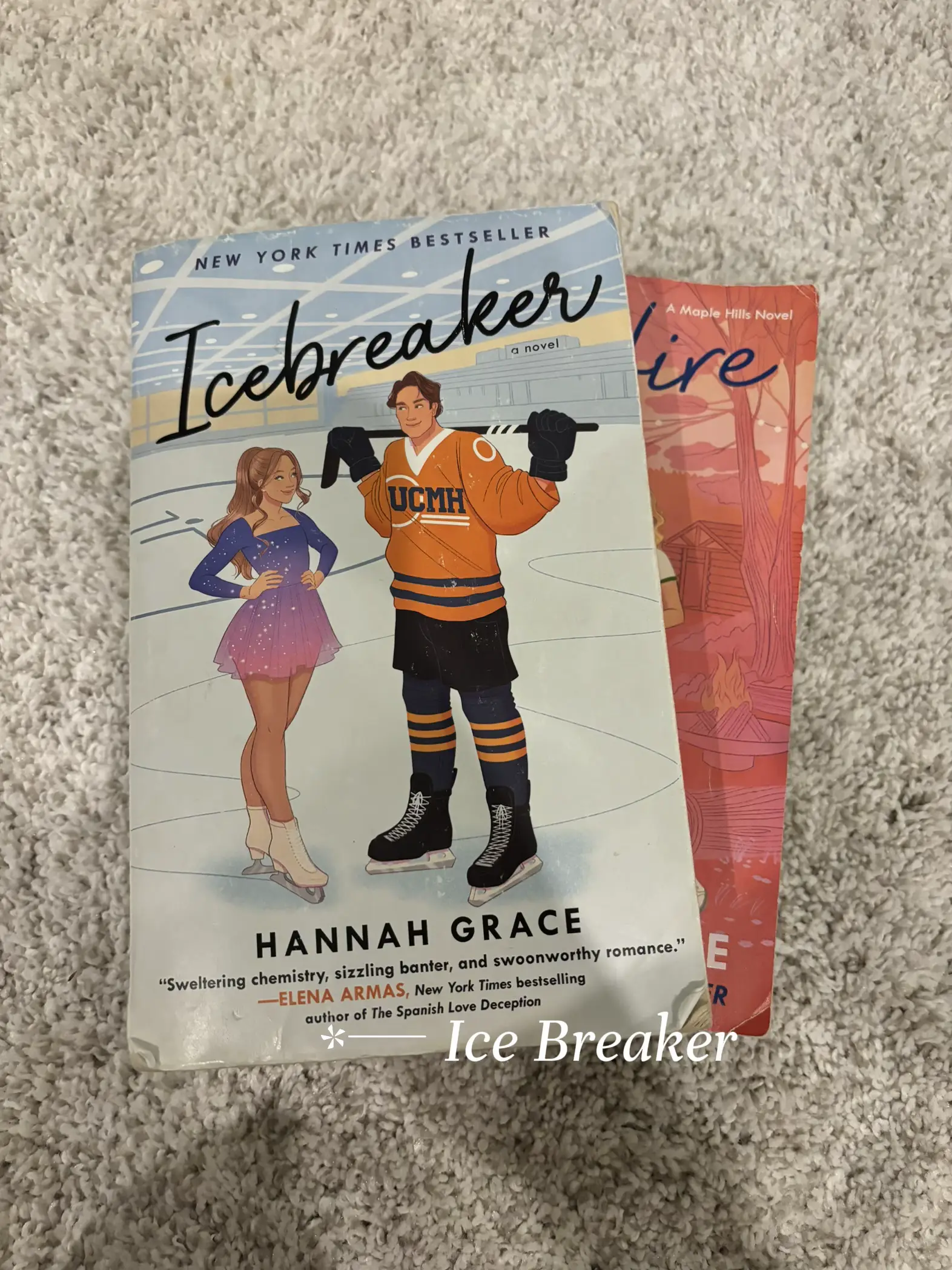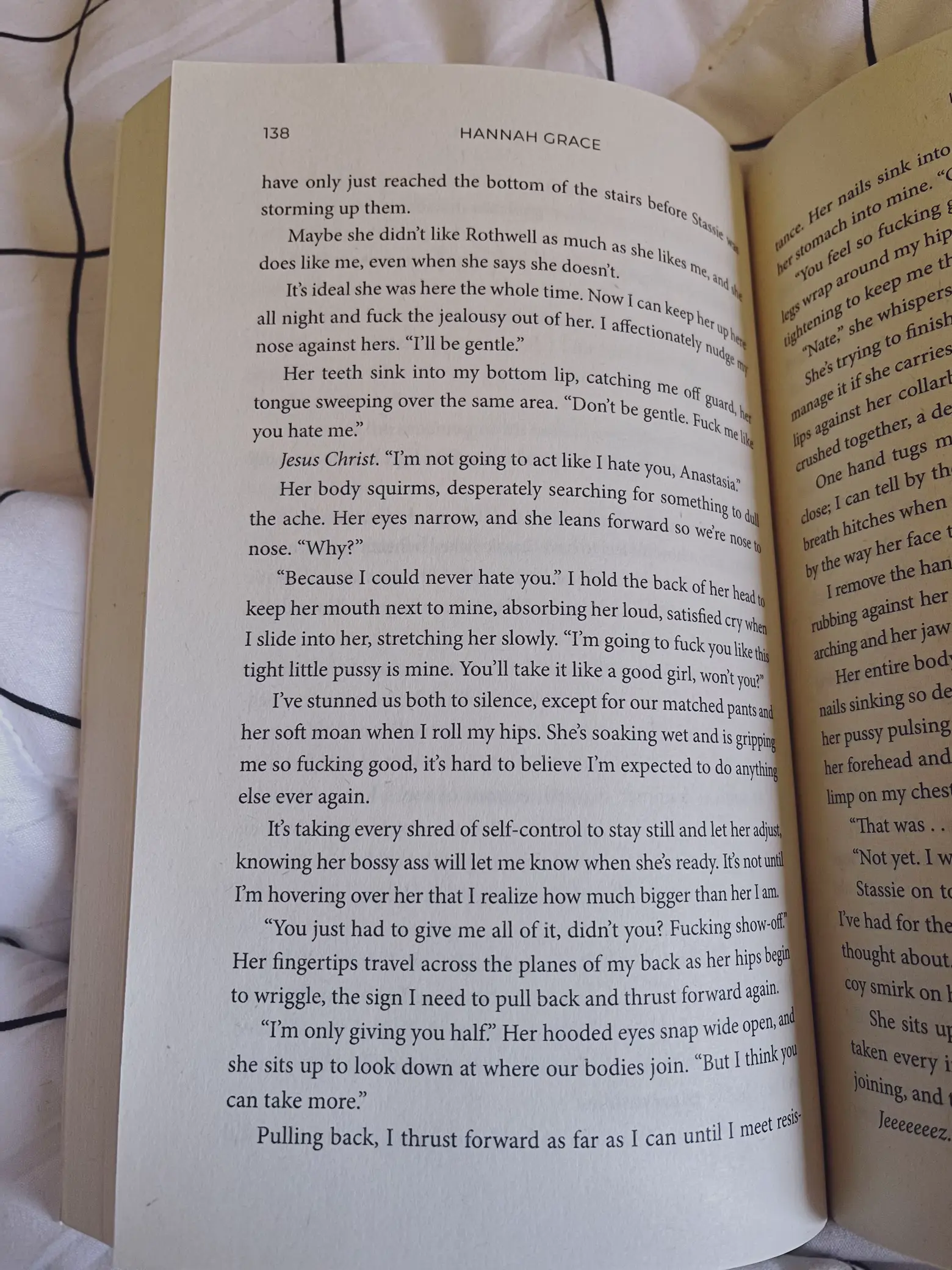So, you're diving into the world of icebreaker books, and you've landed on page 136. This is where the magic happens, folks. Whether you're looking to spice up your social life, ace that networking event, or just become a better conversationalist, page 136 of the icebreaker book has got your back. This isn't just about small talk; it's about transforming those awkward silences into meaningful connections. Trust me, you're about to discover some game-changing tips that'll make you the life of any gathering.
Let's be real, though—making conversation can sometimes feel like trying to solve a Rubik's Cube blindfolded. But fear not! The icebreaker book, especially on page 136, is like your secret weapon. It's packed with strategies, questions, and ideas that'll help you navigate even the trickiest of social situations. Whether you're meeting new people, rekindling old relationships, or just trying to avoid those awkward pauses, this book is your ultimate guide.
Now, before we dive deeper into the nitty-gritty of page 136, let's talk about why icebreakers matter so much in today's world. In an era dominated by social media and virtual interactions, face-to-face communication skills have never been more important. And let's face it, not everyone is a natural chatterbox. That's where icebreakers come in. They're like the WD-40 for rusty social wheels, helping you glide smoothly through conversations and build connections that last.
- Exploring Ocean City Nj Funeral Homes A Comprehensive Guide For Families
- Sara Jo Pender Unveiling The Story Of A Remarkable Woman
What Makes Icebreaker Book Pg 136 Special?
Page 136 of the icebreaker book isn't just another random page; it's a treasure trove of conversation starters and strategies. Think of it as the Cliff Notes for becoming a social butterfly. Here's why it stands out:
- It offers a mix of deep, thought-provoking questions and lighthearted, fun ones.
- The tips are practical and easy to implement, even for introverts.
- It covers a wide range of scenarios, from casual hangouts to professional settings.
- It emphasizes authenticity and sincerity in conversations, which is key to building trust.
Let's break it down a bit more. Page 136 focuses on creating genuine connections rather than just surface-level chatter. It encourages you to dig deeper, ask better questions, and truly listen to the person you're talking to. And hey, who doesn't want to be the person everyone remembers for being a great conversationalist?
How to Use Icebreaker Questions Effectively
Knowing how to use icebreaker questions effectively can make all the difference. It's not just about throwing out random questions; it's about using them strategically to build rapport. Here are some tips:
- Annie Ilonzeh Images The Ultimate Guide To Her Iconic Moments And Captivating Presence
- Craigslist Matildecopyxico City Your Ultimate Guide To Buying Selling And More
- Start with something light and easy to ease into the conversation.
- Pay attention to the other person's body language and adjust accordingly.
- Be genuine and show interest in their responses.
- Follow up with related questions to keep the conversation flowing.
For example, if you're at a networking event, you might start with, "What inspired you to get into this field?" and then follow up with, "What's the most exciting project you've worked on recently?" This shows that you're not just asking questions for the sake of it; you're genuinely interested in what they have to say.
Icebreaker Questions for Different Settings
Not all icebreaker questions are created equal. Depending on the setting, you'll want to tailor your questions accordingly. Here's a quick breakdown:
- Casual Hangouts: "What's the best concert you've ever been to?" or "If you could travel anywhere right now, where would it be?"
- Professional Settings: "What's one thing you're really proud of in your career?" or "What's the most valuable lesson you've learned in your industry?"
- First Dates: "What's something interesting about you that most people don't know?" or "If you could have dinner with any historical figure, who would it be?"
See how these questions are specific to the situation? That's the key to making them effective.
The Science Behind Great Conversations
There's actually some science behind what makes a great conversation. Research shows that people are more likely to remember and connect with someone who asks thoughtful questions and listens actively. It's not just about what you say; it's about how you make the other person feel.
According to a study published in the Journal of Personality and Social Psychology, people who engage in deep, meaningful conversations report higher levels of happiness and satisfaction. So, when you're using the tips from page 136 of the icebreaker book, you're not just making small talk; you're contributing to someone's overall well-being. Pretty cool, right?
Active Listening: The Secret Ingredient
Active listening is one of the most important skills you can develop as a conversationalist. It's not just about hearing what the other person is saying; it's about truly understanding and responding thoughtfully. Here's how you can practice active listening:
- Maintain eye contact and nod to show you're engaged.
- Paraphrase what they've said to ensure you understand.
- Avoid interrupting and give them space to express themselves.
Active listening not only helps you build better connections but also shows the other person that you value their thoughts and opinions. It's a win-win.
Common Mistakes to Avoid
Even the best conversationalists make mistakes sometimes. Here are a few common ones to watch out for:
- Asking closed-ended questions that only require a yes or no answer.
- Overusing cliché icebreakers that everyone's heard before.
- Not paying attention to the other person's cues and pushing too hard.
The key is to be flexible and adaptable. If a question isn't working, don't be afraid to pivot and try something else. Remember, the goal is to create a comfortable and engaging conversation, not to stick rigidly to a script.
Building Confidence in Conversations
Confidence is key when it comes to conversations. If you're feeling a bit nervous or unsure, here are some tips to help you build your confidence:
- Practice makes perfect. The more you use icebreaker questions, the more comfortable you'll become.
- Visualize success. Picture yourself having a great conversation and let that image guide you.
- Start with people you know and trust to build your confidence before tackling more challenging situations.
Building confidence takes time, but with practice and persistence, you'll be breaking the ice like a pro in no time.
Handling Awkward Pauses
Awkward pauses happen to the best of us. Instead of panicking, use them as an opportunity to dive deeper. You might say something like, "So, what's something interesting that's happened to you lately?" or "What's one thing you're looking forward to this week?" These questions can help reignite the conversation and keep it flowing smoothly.
Real-Life Examples of Icebreaker Success
Let's look at a few real-life examples of how icebreaker questions from page 136 have made a difference:
- Networking Event: Sarah used the question, "What inspired you to get into this field?" and ended up having a deep conversation about career paths with a potential mentor.
- First Date: Jake asked, "If you could have dinner with any historical figure, who would it be?" and discovered they both had a passion for history, leading to a great conversation.
- Friendship Building: Emily asked her new neighbor, "What's something interesting about you that most people don't know?" and learned they shared a love for hiking, sparking a new friendship.
These examples show how a well-placed icebreaker question can lead to meaningful connections.
Conclusion: Take Action and Start Breaking the Ice
In conclusion, the icebreaker book, especially page 136, is your go-to resource for mastering the art of conversation. Whether you're an introvert looking to step out of your comfort zone or a social butterfly looking to refine your skills, these tips and strategies can help you build meaningful connections. So, what are you waiting for? Grab a copy, turn to page 136, and start breaking the ice!
And hey, don't forget to share your experiences in the comments below. What's your favorite icebreaker question? How has it helped you in a social situation? Let's keep the conversation going and help each other become better conversationalists. After all, the more we share, the more we grow!
Now, go out there and make some magic happen. Trust me, you've got this!
Table of Contents
- What Makes Icebreaker Book Pg 136 Special?
- How to Use Icebreaker Questions Effectively
- Icebreaker Questions for Different Settings
- The Science Behind Great Conversations
- Active Listening: The Secret Ingredient
- Common Mistakes to Avoid
- Building Confidence in Conversations
- Handling Awkward Pauses
- Real-Life Examples of Icebreaker Success
- Conclusion: Take Action and Start Breaking the Ice
- Clerk Of Court Polk County Iowa Your Ultimate Guide
- Is Cd Lamb Married Unveiling The Truth Behind The Spotlight


